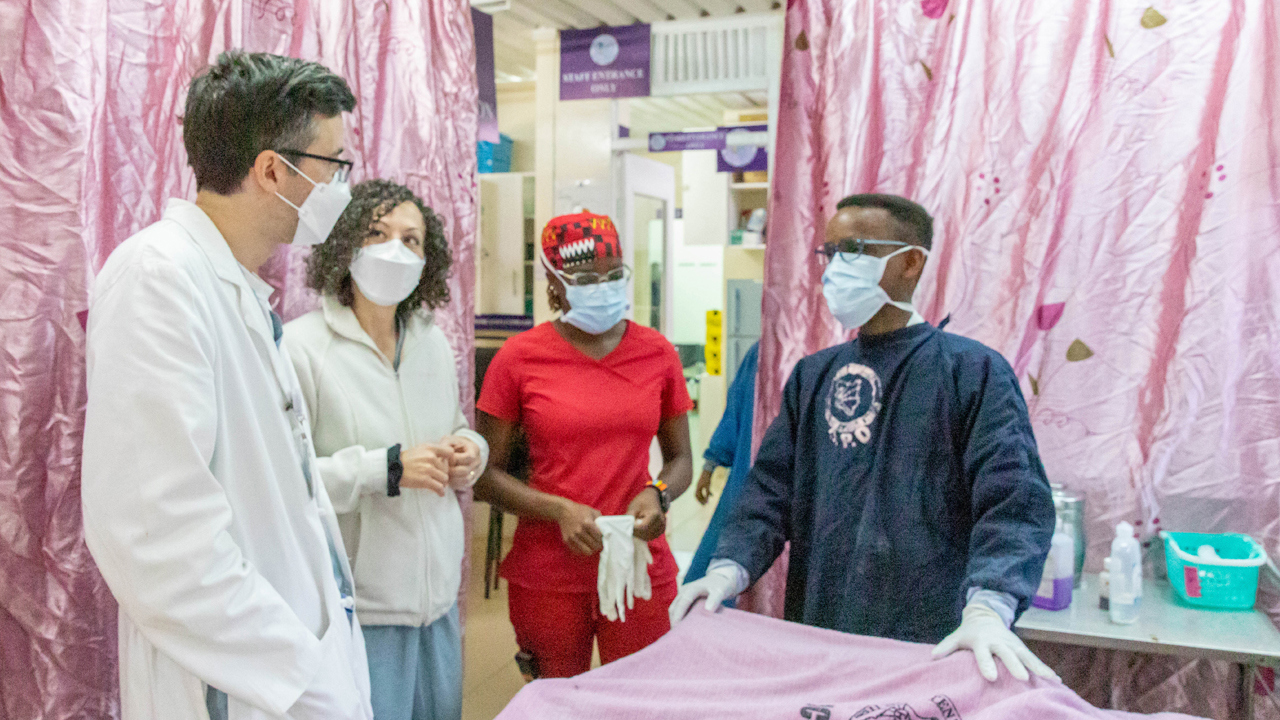In 1910, a Black Yale Law School graduate purchased a home in Baltimore, MD, which at the time was in an all-White neighborhood. Soon after, the Baltimore City government enacted one of the nation’s first residential segregation ordinances,* restricting Black Americans to designated neighborhoods.
Justifying the policy, Baltimore’s mayor proclaimed, “Blacks should be quarantined in isolated slums in order to reduce the incidence of civil disturbance, to prevent the spread of communicable disease into the nearby White neighborhoods and to protect property values among the White majority.”†
This deep-seated segregation continued to impact Baltimore throughout its history.
The 1910 ordinance was a precursor to redlining—a disinvestment practice started in the 1930s by the Home Owners’ Loan Corporation (HOLC). This practice withheld resources and funding in select neighborhoods that were deemed as high risk. To this day, Baltimore neighborhoods that were redlined have lower rates of homeownership, worse health outcomes, and higher rates of poverty and violent crime.
Sinai Hospital in Baltimore, a traditionally Jewish hospital and Level II trauma center, which initially opened its doors in 1866 to ostracized and marginalized communities, is uniquely situated near many of these historically underserved areas. In 2022, Baltimore had its largest increase in homicide and Sinai Hospital sits on the frontlines, tasked with meeting the significant demands for skillful trauma care and health services.
Blood Product Stewardship and Resource Use
To review current resuscitation and blood product allocation practices in trauma patients at Sinai Hospital, we performed a retrospective review of all trauma patients who required massive transfusion protocols when they presented to the emergency department between January 2018 and December 2021. The patients’ subsequent trauma resuscitation and clinical outcomes were reviewed through the electronic health record (EHR) system.
Demographic and clinical outcomes data were obtained, including injury severity scores, blood product transfusions, thromboelastography analyzer system (TEG 6S) utilization, tranexamic acid (TXA) administration, and morbidity and mortality rates. Among the 84 patients in the study, the majority were Black men, and the average age was 40 years old. The mortality rate was 48%—greater than the predicted 9% mortality rate, which was calculated based on survivability probability according to the initial presenting respiratory rate, Glasgow Coma Scale, systolic blood pressure, and associated injury severity scores. Within 24 hours of arrival to the trauma bay, 72.6% of patients underwent an operation. Only 7% of patients received TXA according to protocol and 6% received TEG. As such, a comparative analysis of those who received TXA and TEG was limited due to sample size.
The most impactful findings showed:
- TEG monitoring and TXA administration were seldom used among massive transfusion patients
- Systems integration within the EMR ordering system and improvements in interdisciplinary care coordination may improve this usage
Analyses on blood product ratios showed a clear skew toward packed red blood cells (PRBC) (10:4:1, PRBC, plasma, platelets) for the entire study population, rather than the recommended 1:1:1 ratio cited in current trauma literature.‡ This likely relates to the use of coagulation panel labs (PT, APTT) and their potentially incomplete hematologic picture in guiding product administration. Results also showed that injury severity scores likely underestimate the lethality of the associated traumatic injuries, equating to lower predicted mortality rates than actual mortality rates.
A multidisciplinary and collaborative team was created with representatives from the departments of surgery, anesthesia, and pharmacy, in addition to the hospital administration. The group worked on identifying actionable items related to the study results in the hope of developing clinical practice protocols to better care for trauma and acute care surgery patients.
Tangible gains from this research study include identifying trauma patients who require massive transfusion protocols as a population that routinely would benefit from TXA and TEG and using that population to guide trauma resuscitation and blood product requirements.
We anticipate that improvements in blood product stewardship likely will reduce the overall volume of blood product administration, along with related ramifications such as decreased hospital costs and reduced transfusion-related allergic reactions, immunosuppression, and trauma-diversion time related to nationwide blood product shortages.
We have integrated TXA administration into an EMR PowerPlan to streamline ordering medication and improve administration rates. In addition, we have worked with Haemonetics representatives to improve TEG analyzer use within the operating suite by streamlining operative accessibility and processing. Plans for developing educational programming for surgeons, anesthesia technicians, nurse anesthetists, and anesthesiologists on the TEG6S assay also are in development. We are confident that these practice changes will advance trauma care at our institution and serve as a guide for other hospital systems navigating processes for integration of the new TEG6S analyzer system.
In response to the growing violence in Baltimore and understanding the importance of community engagement and equity in marginalized communities, LifeBridge Health has committed to building hope. The new Jill Fox Center for Hope is a collaborative space located near Sinai Hospital that provides comprehensive programs designed to foster positivity, safety, and success within the local community. Center programs focus on case management, advocacy sessions, and prevention programs for child abuse, domestic and street violence, and prevention initiatives for elder and child abuse.
Importantly, Sinai Hospital’s trauma programs have taught multiple STOP THE BLEED® courses for neighborhood schools and religious congregations in an ongoing effort to decrease mortality and optimize the golden hour for victims of traumatic injury.
We remain dedicated to serving the communities inside and outside the hospital. With the motto, “Care Bravely,” we look to support our local communities to the best of our abilities while continuing to break down longstanding healthcare and social disparities.








